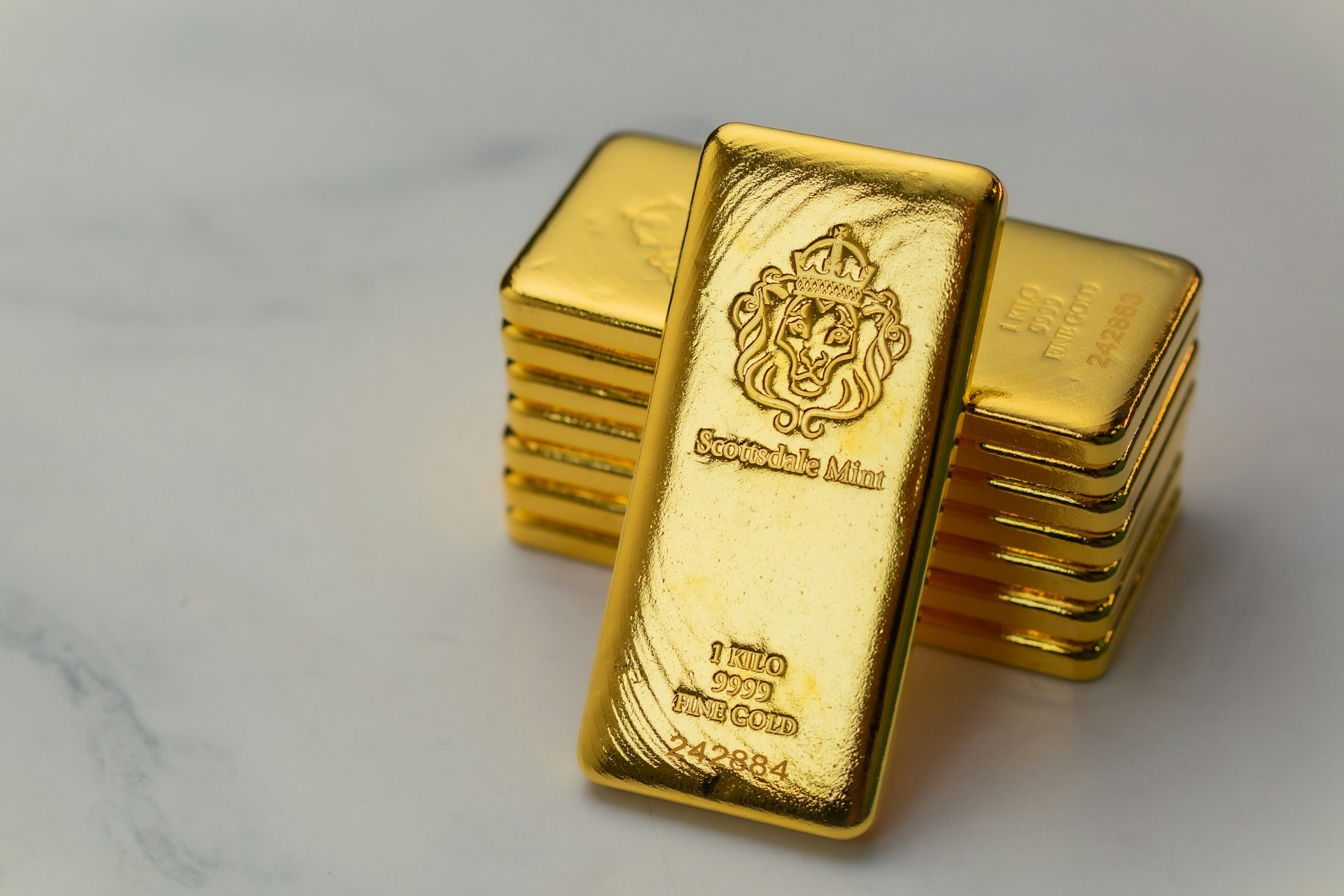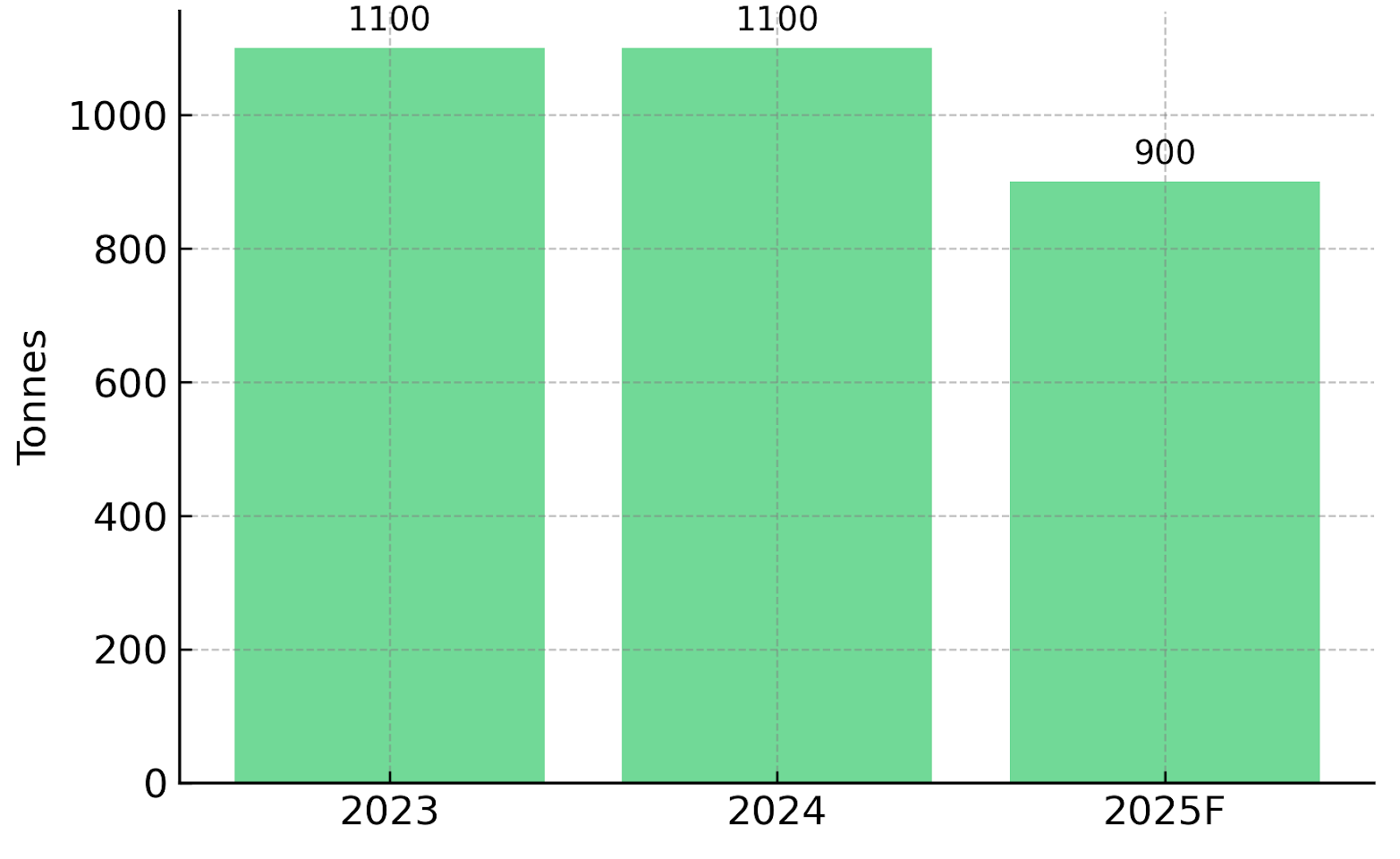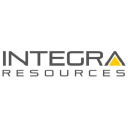Fed Policy Delays Drive Gold Consolidation as Structural Demand Drivers Remain Intact

Fed policy delays create near-term gold headwinds as strong US data reduces rate cut urgency, while central bank buying & fiscal pressures support structural demand.
- Gold prices saw their first weekly loss in three as strong US economic data reduced urgency for Fed rate cuts, delaying near-term policy easing.
- Fed discord signals a “higher-for-longer” environment, creating short-term headwinds for non-yielding assets like gold but raising long-term concerns around credibility.
- Central bank gold buying and continued USD weakness provide a floor to gold prices, reinforcing gold’s role as a hedge.
- Rising US debt burden and tariff risks support the structural demand for gold as a defensive asset in portfolios.
- Developers and producers with quality ounces, low AISC, and near-term cash flow visibility, such as Integra Resources, West Red Lake, Serabi Gold, and Perseus Mining, are positioned to benefit from consolidation phases and structural demand growth.
Macro Resilience Creates Policy Dilemma for Federal Reserve
The Federal Reserve faces an increasingly complex policy landscape as economic data continues to exceed expectations while inflation concerns persist. Recent retail sales data showed unexpected strength, rising 0.4% in June following a revised 0.1% decline in May, while initial jobless claims fell to their lowest level in three months at 222,000. This resilience has occurred despite escalating trade tensions and tariff implementation, suggesting underlying economic momentum may be more durable than previously anticipated.
Fed officials have begun signaling a shift toward a "higher-for-longer" interest rate environment, creating potential headwinds for non-yielding assets like gold. However, this policy stance also raises questions about Federal Reserve credibility should economic conditions deteriorate unexpectedly. The central bank's communication strategy has become increasingly important as market participants attempt to navigate competing signals about future policy direction.
For gold investors, this dynamic creates both challenges and opportunities. Higher interest rates increase the opportunity cost of holding gold, potentially pressuring prices in the near term. Conversely, any loss of confidence in Federal Reserve policy effectiveness could serve as a bullish catalyst, reinforcing gold's role as a monetary hedge against policy uncertainty.
Integra Resources Chief Executive Officer Jason Banducci emphasizes the importance of financial flexibility in this environment:
"We're generating significant operating cash flow, more than enough to continue the development work and to cover all of our internal costs, so it's a very good place to be."
Trade Tensions Reinforce Safe-Haven Demand Dynamics
Trade policy uncertainty has emerged as a significant factor supporting gold's safe-haven premium, with the Trump administration notifying over 150 trade partners about potential tariff rate adjustments. JPMorgan estimates these measures could increase the effective tariff rate by more than 10 percentage points, creating substantial economic disruption across global supply chains.
Deutsche Bank notes that while tariff implementation delays have supported equity market optimism in the short term, the underlying trade tensions continue to reinforce gold's role as a portfolio hedge against policy-driven volatility. The prospect of renewed trade conflicts has prompted front-loading of purchases and weakened business sentiment indicators, suggesting economic impacts may materialize gradually rather than immediately.
Currency volatility associated with trade policy shifts has particular implications for international mining operations. Canadian producers face exposure to exchange rate fluctuations that can significantly impact project economics, while operations in emerging markets may benefit from dollar strength against local currencies.
West Red Lake Gold President and Chief Executive Officer Shane Williams highlights operational advantages in navigating market volatility:
"The bulk sample was a key part of that, and really that confirms that the resource and the work we've done is fully in place as expected. We took our drilling, our modeling, we actually mined in areas where we said we would, and we got exactly what we said we would do."
Central Bank Accumulation Provides Structural Price Support
Central bank gold purchases continue to provide fundamental support for gold prices, with the World Gold Council reporting 1,100 tonnes purchased in 2024 and approximately 900 tonnes forecast for 2025. The People's Bank of China extended its buying streak through June, reflecting continued efforts by major economies to diversify reserve holdings away from dollar-denominated assets.

These institutional purchases represent "price-insensitive" buying that establishes a structural floor for gold prices, according to market analysts. Unlike retail investors or exchange-traded fund flows, central bank purchases typically reflect long-term strategic positioning rather than tactical trading considerations, providing stability during periods of market volatility.
Exchange-traded fund flows have shown mixed patterns, with first-quarter inflows doubling total demand compared to the previous year, though recent moderation has been noted. This divergence between institutional and retail investor behavior suggests different investment horizons and risk assessments within the gold market.
Dollar weakness since early 2025 has provided additional support for gold pricing, particularly benefiting international mining operations with dollar-denominated revenues and local currency costs. This currency dynamic can significantly enhance operational margins for producers in emerging markets while supporting overall gold demand from international investors seeking dollar alternatives.
Serabi Gold Chief Executive Officer Mike Hodgson explains the operational benefits of currency positioning:
"One of my greatest achievements was to take a company that was producing 250 tons per day at about 3% zinc to 1,500 tons per day at about 10% zinc in a two-year period through mechanization and changing the mindset of the workforce."
Fiscal Pressures Create Long-Term Tailwinds
US fiscal dynamics continue to support the structural case for gold allocation, with the Congressional Budget Office projecting $21 trillion in additional deficits over the next decade. Tax legislation renewals could add $2.5-3 trillion to the debt burden, creating sustained pressure on government financing costs and potentially driving term premiums higher across the yield curve.
These fiscal pressures occur amid rising interest rates, creating a challenging dynamic for debt sustainability. Higher term premiums and steeper yield curves could place upward pressure on long-term rates, potentially challenging economic growth while reinforcing gold's appeal as an alternative store of value in a structurally indebted environment.
The intersection of monetary and fiscal policy creates complex dynamics for asset allocation. While higher rates may pressure gold in the near term, the underlying fiscal trajectory suggests continued currency debasement risks that support long-term precious metals positioning.
Perseus Mining Chief Executive Officer Jeff Quartermaine demonstrates the importance of financial strength in this environment:
"Our operations have performed very well. We've produced 237,000 ounces for the quarter at an all-in sustaining cost of $1,417 an ounce. With a gold price of around $3,000 an ounce, that's giving us $1,560 US per ounce margin, so very strong cash flow and very strong residual cash and bullion balances."
Development Projects Navigate Tightening Capital Markets
Mining development projects face increasingly challenging financing conditions under a "higher-for-longer" interest rate environment. However, institutional capital continues to favor Tier-1 jurisdictions, high-grade ounces, and low all-in sustaining costs, creating opportunities for well-positioned developers to access growth capital.
Jurisdictional quality has become increasingly important as investors prioritize regulatory stability and permitting transparency. Nevada's established mining framework continues to attract development capital, while operations in politically stable jurisdictions command premium valuations despite higher operating costs.
Project economics remain compelling at current gold prices, with many development-stage assets showing robust returns even at conservative gold price assumptions. Integra Resources' DeLamar project demonstrates a 33% internal rate of return at $1,700 per ounce gold, while West Red Lake's Madsen project shows a $496 million net present value with low upfront capital requirements.
Operational execution becomes critical in this environment, with investors rewarding companies that demonstrate consistent production performance and cost control. Perseus Mining's track record illustrates this dynamic, with the company achieving 496,551 ounces of production for the year at a weighted average all-in sustaining cost of $1,235 per ounce, performing better than anticipated cost guidance.
Integra Resources Chief Executive Officer Jason Banducci emphasizes jurisdictional advantages in capital allocation decisions:
"You have exposure to Nevada, and if you ask anyone with any job related to mining what's one of the number one jurisdictions for gold mining, everyone will point to Nevada. We're in the right place, and these are generally looked at as simple, low capital, simple gold heap projects."
Geopolitical Risk Premium Remains Embedded in Pricing
Ongoing geopolitical tensions continue to support gold's risk premium, with the Russia-Ukraine conflict remaining unresolved and Middle East tensions, while showing some improvement, remaining unpredictable. These conflicts reinforce gold's continued allocation as a defensive hedge in institutional portfolios, providing diversification benefits during periods of heightened uncertainty.
Geographic diversification has become increasingly valuable for mining companies, with operations spread across multiple jurisdictions providing resilience against region-specific risks. This mirrors gold's role in investment portfolios, where the precious metal serves as a hedge against various forms of political and economic instability.
Perseus Mining's diversified approach across Ghana, Côte d'Ivoire, and Tanzania demonstrates this principle in practice, with Chief Executive Officer Jeff Quartermaine noting:
"The Tanzanian government has been absolutely first class, and support from our host communities has been really good as well, so we're very happy with the way Nyanzaga is coming along."
The Investment Thesis for Gold
The current gold market environment presents compelling investment opportunities despite near-term consolidation risks. Several factors support continued allocation to gold and well-positioned mining companies:
- Exposure to monetary policy uncertainty creates defensive portfolio benefits while Federal Reserve credibility faces potential challenges from conflicting economic signals and political pressures.
- Operations in Tier-1 jurisdictions like Nevada and established mining regions provide regulatory stability and permitting transparency that command premium valuations in uncertain times.
- Low all-in sustaining cost structures supported by robust balance sheets enable companies to maintain profitability across various gold price scenarios while generating substantial cash flows.
- Development timelines aligned with structural demand growth from central banks and institutional investors position companies to benefit from multi-year demand trends rather than cyclical fluctuations.
- Production ramp-ups and expansion projects with low capital intensity offer attractive risk-adjusted returns while minimizing execution risk in tightening capital markets.
- Operational strategies adapted for inflationary cost pressures and policy-driven volatility demonstrate management teams capable of navigating complex macro environments.
- Asset portfolios with geographic diversification provide resilience against commodity price volatility, foreign exchange risk, and jurisdiction-specific challenges.
Policy Delay Creates Tactical Volatility, Structural Bull Case Intact
Gold faces near-term consolidation pressure as Federal Reserve policy delays reduce urgency for aggressive monetary easing, creating tactical headwinds for non-yielding assets. However, the structural drivers supporting gold demand remain intact, including central bank accumulation, fiscal sustainability concerns, geopolitical tensions, and currency diversification trends.
Mining companies with strong operational execution, favorable jurisdictional positioning, and robust balance sheets are well-positioned to navigate this environment while capitalizing on consolidation opportunities. The combination of elevated gold prices, disciplined capital allocation, and growing institutional recognition of mining assets' inflation hedging characteristics creates a supportive backdrop for sector outperformance.
Investors should monitor Federal Reserve credibility, dollar trajectory, and central bank purchasing flows as key indicators of gold market direction. While tactical volatility may persist in the near term, the fundamental case for precious metals allocation remains compelling given structural economic and geopolitical uncertainties that continue to drive safe-haven demand.
Analyst's Notes




Subscribe to Our Channel
Stay Informed






































